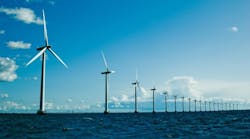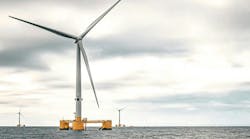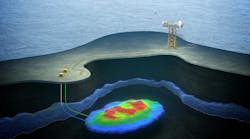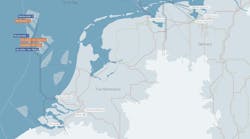Offshore staff
OSLO, Norway – Machine learning has the potential to significantly reduce oil and gas well delivery time, lower operational spending, and accelerate production if it is deployed at scale in the Norwegian continental shelf, according to new research from OG21 and DNV GL.
Reductions in greenhouse gases are also expected to be a positive outcome from scaled implementation of the digital technology, according to OG21 – Study on Machine Learning in the Norwegian petroleum industry.
The DNV GL report, which has been published following a six-month research program commissioned by OG21, urges the Norwegian oil and gas industry to make an investment in tapping into the value of the vast amounts of data available, only a fraction of which is currently used in machine learning.
The report also includes recommendations for the upstream oil and gas sector, and demonstrates how machine learning should be developed, adopted, and scaled more quickly. This can be achieved through initiatives and joint industry collaboration in areas such as improved machine learning literacy, sharing of tools and data, and ensuring mechanisms for trusted validation of machine learning solutions.
In its research, DNV GL appraised the potential of machine learning to address challenges and identify opportunities in four key ‘technology target area groups:’ energy efficiency and environment; exploration and increased recovery; drilling, completions and intervention; and production, processing and transport.
Machine learning, as a branch of artificial intelligence, combines informatics, mathematics and calculation-oriented statistics. Using designs and algorithms, computers become able to learn from, and develop behavior based on, empirical data.
The report describes the most critical barriers for successful machine learning implementation from initiation to broad adoption. A lack of machine learning literacy and competency is one example of a barrier to its adoption, according to the research. Leaders who lack knowledge and experience of machine learning will first need to be convinced of the compelling business case for its adoption, before committing to the investment needed to advance and scale the technology.
Information informing the study was gathered through OG21’s workgroups, interviews with operators, academia, and literature. AGR, the wells and reservoir consultancy, provided subject matter expertise on exploration and improved recovery.
Liv A. Hovem, CEO, DNV GL – Oil & Gas, said: “Machine learning is in its infancy in the Norwegian continental shelf with only a few pilot studies progressing into active use – we need a step change to bring about the scaling that will realize the potential of the technology here, and in the global energy industry.
“Collaboration between all stakeholders, combining machine learning with other elements of digitalization, along with analytics and good industry practice will be needed to realize its potential.”
11/12/2020





